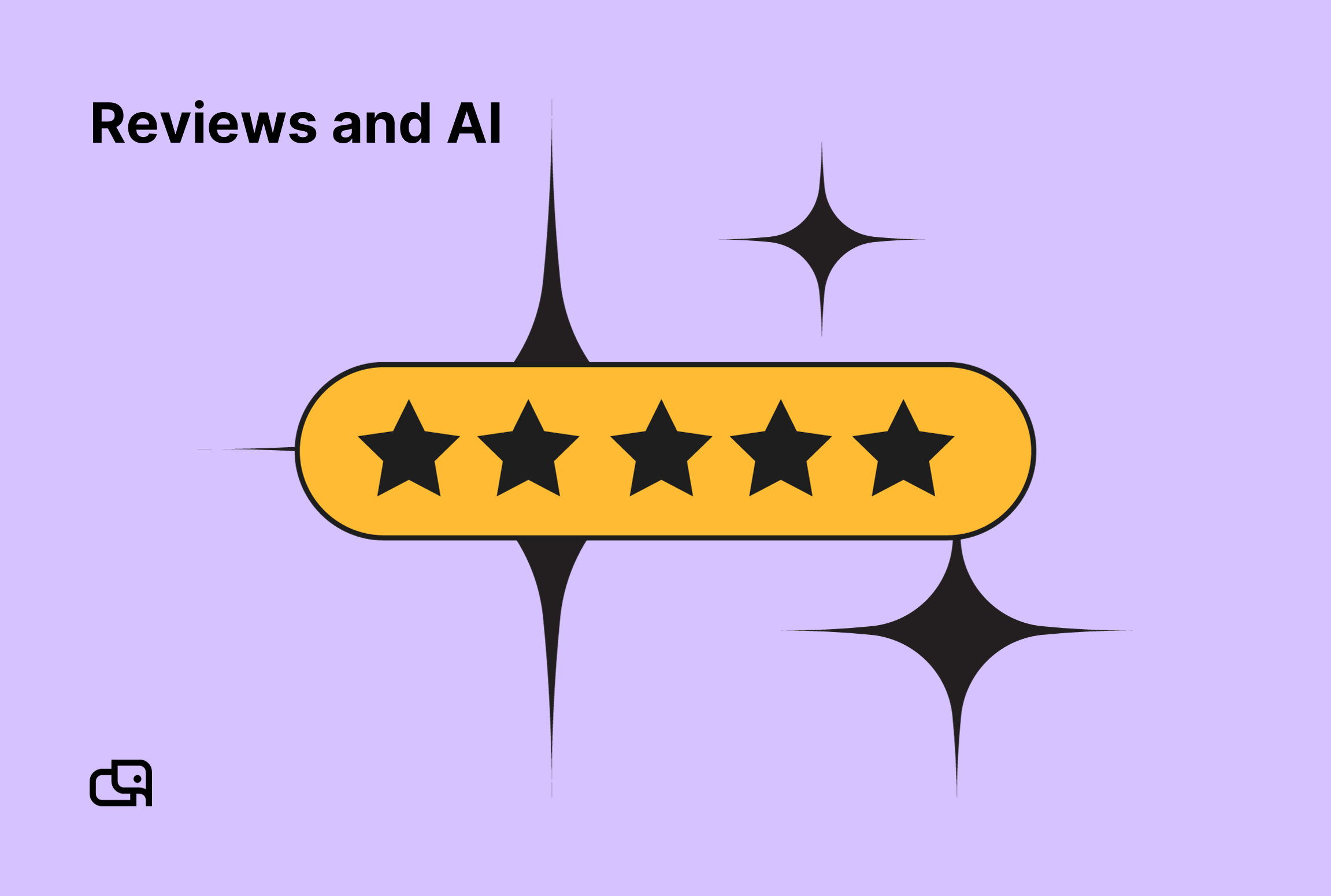How To Analyze Questionnaire Customer Reviews With AI?

In the ever-evolving world of business, understanding customer sentiment is crucial. With the advent of Artificial Intelligence (AI), companies now have the ability to analyze customer reviews from questionnaires with precision and efficiency. But how exactly does this work? Let's dive into the nitty-gritty of this fascinating topic.
Understanding the Importance of Customer Reviews
Before we delve into the role of AI in analyzing customer reviews, it's important to understand why these reviews are so valuable. According to a study by BrightLocal, 91% of consumers read online reviews, and 84% trust these reviews as much as personal recommendations. This means that customer reviews can significantly influence a business's reputation and customer base.
Moreover, customer reviews provide valuable insights into what's working and what's not. They can highlight areas of improvement, help identify trends, and provide a direct line of communication with customers. In essence, they're a goldmine of information waiting to be tapped into.
The Role of AI in Analyzing Customer Reviews
Now, let's talk about AI. Artificial Intelligence, in the context of analyzing customer reviews, primarily involves Natural Language Processing (NLP) and Machine Learning (ML). These technologies enable computers to understand, analyze, and learn from human language, making it possible to process and analyze large volumes of customer reviews quickly and accurately.
According to a report by MarketsandMarkets, the AI market is expected to grow to $190.61 billion by 2025, reflecting the increasing reliance on this technology. In the realm of customer reviews, AI can help businesses understand customer sentiment, identify trends, and make data-driven decisions.
Understanding Sentiment Analysis
Sentiment analysis, also known as opinion mining, is a key aspect of AI in customer review analysis. It involves determining the emotional tone behind words to gain an understanding of the attitudes, opinions, and emotions of a speaker or writer. In the context of customer reviews, sentiment analysis can help businesses understand how their customers feel about their products or services.
According to a study by the University of Stanford, sentiment analysis algorithms can achieve an accuracy rate of up to 80%. This means that businesses can rely on these algorithms to get a fairly accurate understanding of customer sentiment.
Identifying Trends with AI
Another significant benefit of using AI in customer review analysis is the ability to identify trends. AI algorithms can analyze large volumes of data and identify patterns and trends that might be missed by human analysts. This can help businesses stay ahead of the curve and make proactive decisions.
For example, a study by the University of California, Berkeley, found that AI algorithms could accurately predict future product trends based on customer reviews. This shows the potential of AI in trend identification and prediction.
How to Analyze Customer Reviews with AI
Now that we've understood the importance of customer reviews and the role of AI in analyzing them, let's look at how to actually analyze customer reviews with AI.
Collecting and Preparing Data
The first step in analyzing customer reviews with AI is collecting and preparing the data. This involves gathering customer reviews from various sources and cleaning the data to remove any irrelevant information. It's important to have a large and diverse dataset to ensure the accuracy of the analysis.
According to a report by IBM, poor data quality can cost businesses up to $3.1 trillion a year. Therefore, investing time and resources in data collection and preparation is crucial.
Implementing AI Algorithms
Once the data is ready, the next step is implementing AI algorithms. This involves choosing the right algorithms for your needs, training them with your data, and then using them to analyze the customer reviews. Depending on your specific needs, you might use algorithms for sentiment analysis, trend identification, or other purposes.
According to a study by the Massachusetts Institute of Technology, the accuracy of AI algorithms can be significantly improved with proper training. This highlights the importance of this step in the process.
Interpreting the Results
After the analysis, the final step is interpreting the results. This involves understanding what the analysis means for your business and how you can use the insights to make data-driven decisions. It's important to remember that the value of AI lies not just in the analysis itself, but in how you use the insights gained from the analysis.
According to a report by McKinsey, companies that use customer analytics extensively are more likely to outperform their competitors on key performance metrics. This shows the potential impact of AI-driven customer review analysis on business performance.
Conclusion
In conclusion, analyzing customer reviews with AI can provide businesses with valuable insights and a competitive edge. By understanding customer sentiment and identifying trends, businesses can make data-driven decisions and improve their products and services. With the right approach and tools, any business can harness the power of AI to analyze customer reviews and drive growth.
So, are you ready to dive into the world of AI and customer review analysis? The future of business is here, and it's powered by AI.


.png)
